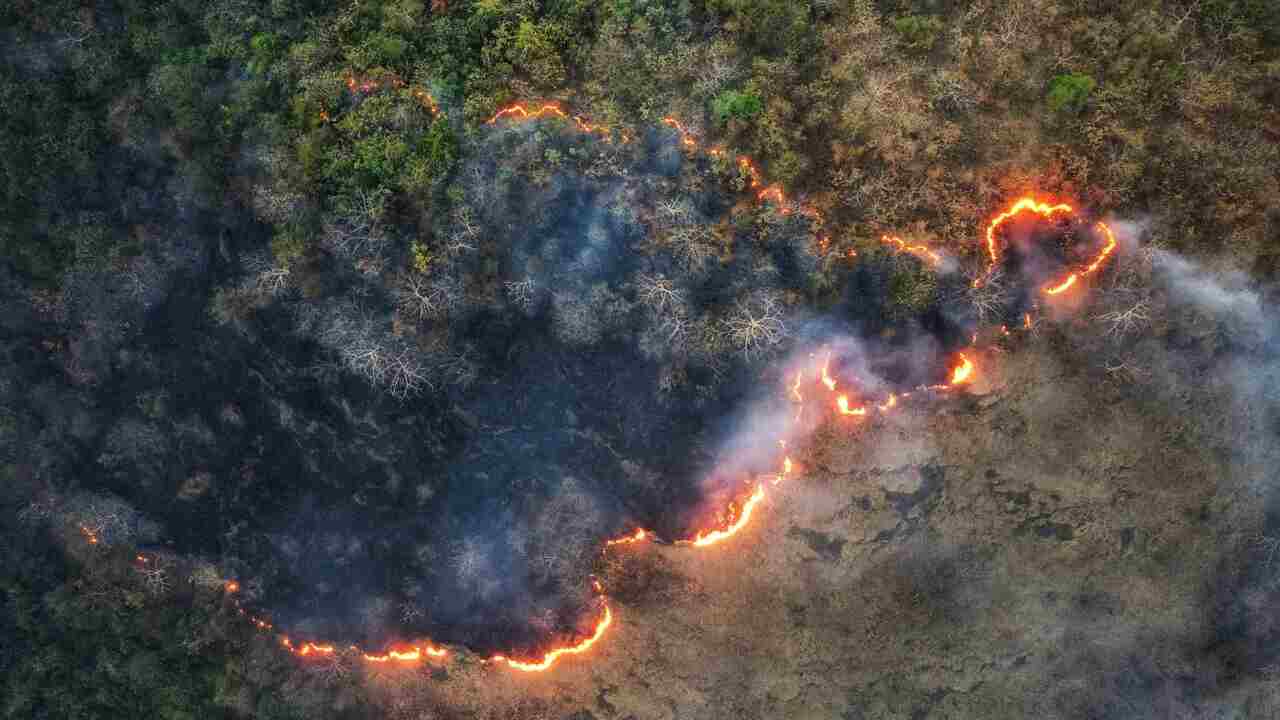THE LATEST
Is USC's AI-powered wildfire prediction an ambitious innovation or an overstated promise?

USC researchers have proposed a new method that uses artificial intelligence (AI) to predict wildfire behavior, which has generated interest and skepticism. The researchers combined generative AI and satellite data to create a model that can forecast how wildfires may spread. While this approach seems promising, there are concerns about its reliability and potential limitations.
The early study, published in Artificial Intelligence for the Earth Systems, describes a model that aims to revolutionize wildfire management by using advanced algorithms to predict the path, intensity, and growth rate of wildfires in real time. This announcement comes at a time of severe wildfire seasons in California and the western United States, highlighting the need for innovative solutions to deal with these challenges.
Bryan Shaddy, a doctoral student at the USC Viterbi School of Engineering, emphasizes how the proposed model could provide firefighters and evacuation teams with more accurate and timely data. The model uses historical wildfire data from high-resolution satellite images to train a generative AI-powered computer model to simulate how various factors affect wildfires over time.
Although the potential of AI in wildfire prediction and management seems promising, there are valid concerns about the claims made by the researchers. Wildfires are complex and influenced by various factors such as weather, fuel types, topography, and environmental conditions, making it challenging to accurately model their behavior using AI.
Assad Oberai, a professor at USC Viterbi and co-author of the study, acknowledges the complexities involved in modeling wildfires, emphasizing the need to critically evaluate the AI model's ability to predict wildfire spread and behavior in light of the intricate and unpredictable nature of wildfires.
While the researchers are optimistic about the AI model's performance in predicting real California wildfires between 2020 and 2022, it is important to approach these claims with caution, given the complexities and uncertainties of modeling natural phenomena. The complexities and non-linear dynamics of wildfires require a thorough understanding and cautious evaluation when attributing accuracy and predictive capability to AI-driven modeling techniques.
Additionally, the involvement of various institutions and co-authors in the research, along with funding from entities such as the Army Research Office, NASA, and the Viterbi CURVE program, highlights the collaborative and interdisciplinary nature of the initiative. However, it is important to remain skeptical and critically evaluate the claims made, especially in the absence of comprehensive external validation and scrutiny.
In summary, while the USC researchers' use of AI in predicting wildfire behavior is ambitious and potentially groundbreaking, it's crucial to scrutinize the feasibility and reliability of these technologically driven solutions. The complexities and uncertainties surrounding wildfire dynamics call for a cautious approach towards embracing AI as a solution for wildfire prediction and management, emphasizing the need for thorough validation of the research team's claims.
